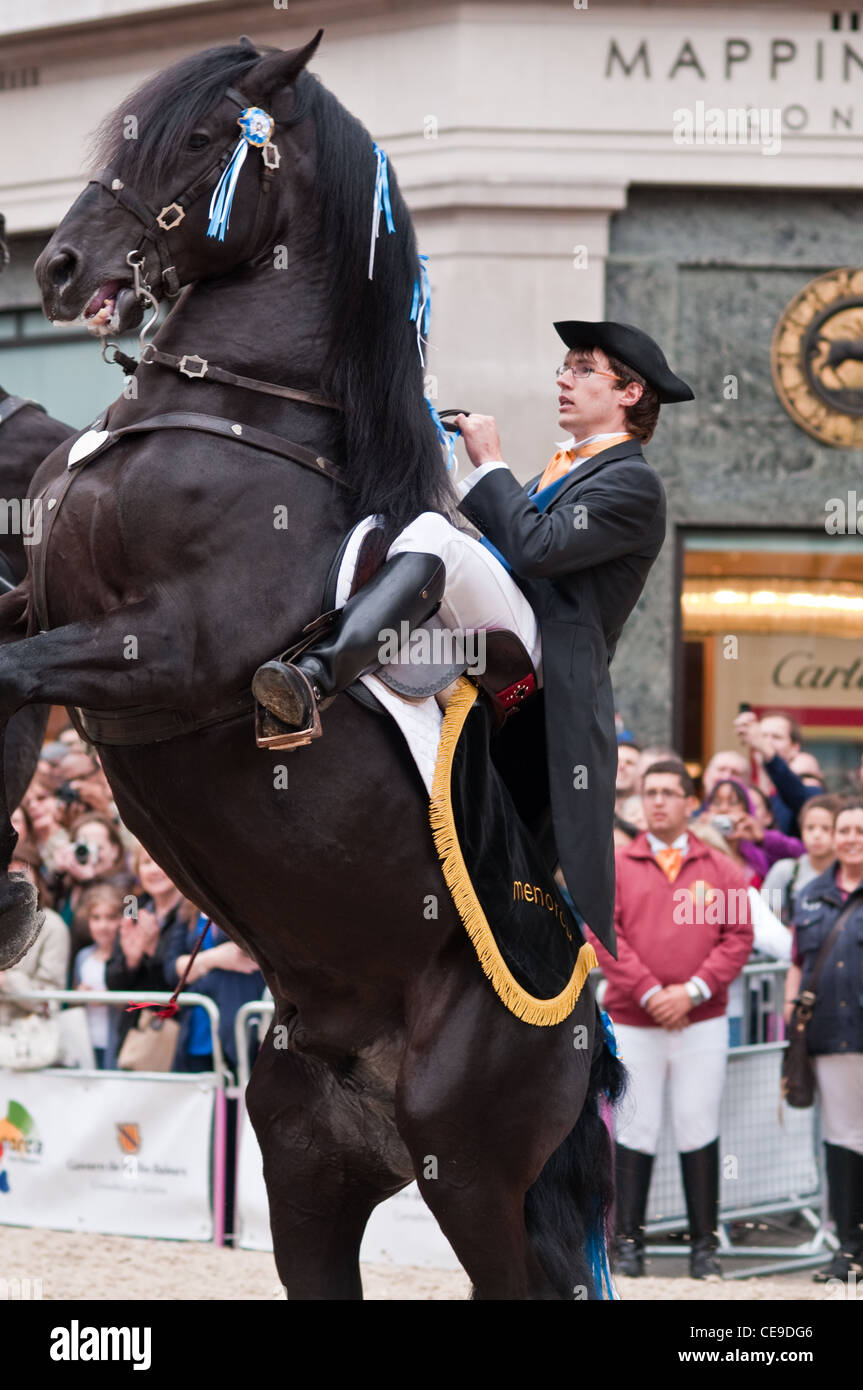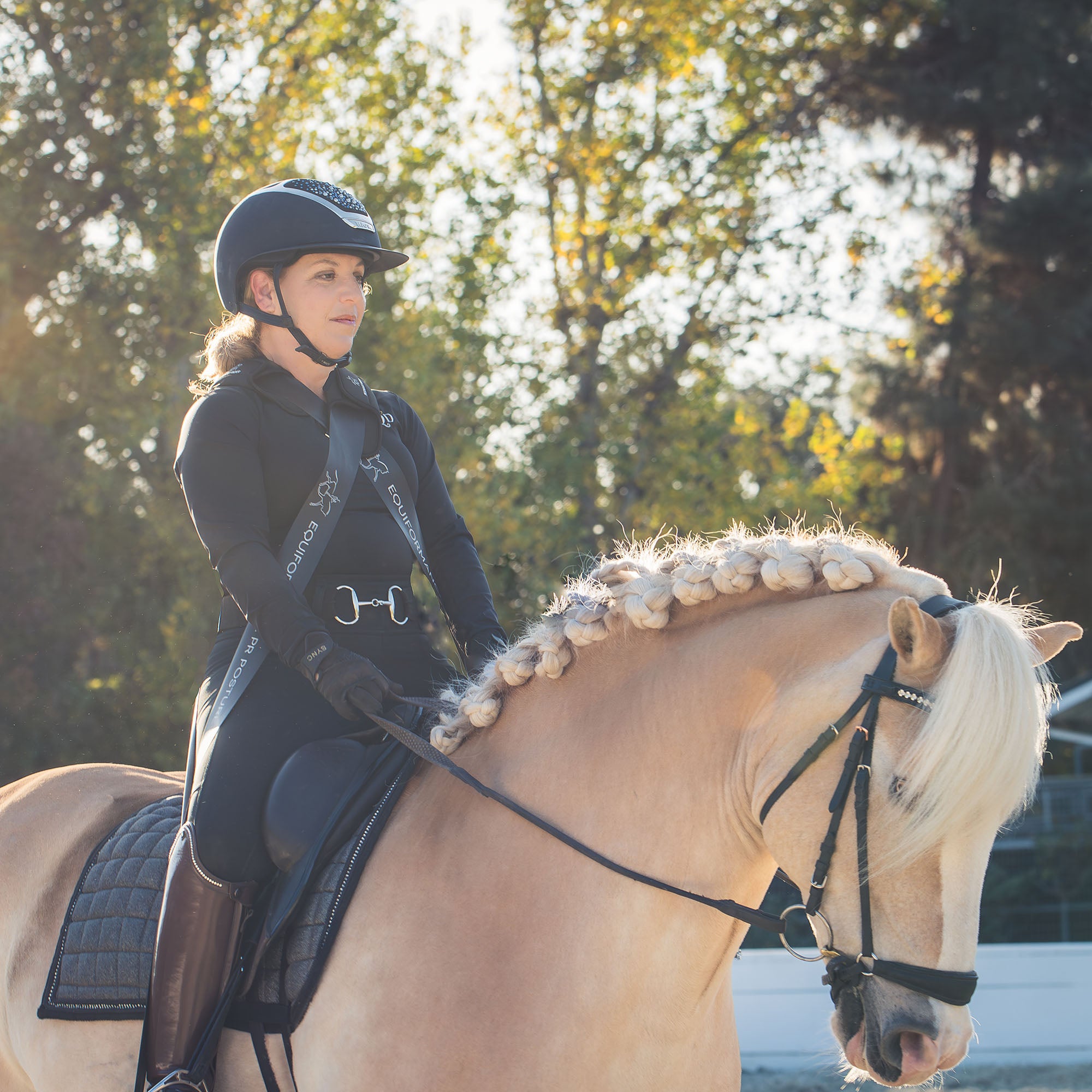Riding in Sync: Understanding Your Horse’s Movement

Riding a horse is not just about sitting in the saddle; it’s about developing a harmonious connection with your equine partner. Understanding your horse’s movement is essential for improving communication, balance, and overall riding experience. This article explores the key aspects of riding in sync with your horse, offering insights into biomechanics, cues, and training techniques.
Table of Contents
- Introduction to Horse Movement
- The Importance of Synchronization
- Key Movements and Gaits
- How to Feel Your Horse’s Rhythm
- Training Tips for Better Synchronization
- Common Challenges and Solutions
- Frequently Asked Questions (FAQ)
1. Introduction to Horse Movement
Horses move through a series of coordinated muscle actions and limb placements that create distinct gaits such as walk, trot, canter, and gallop. Each gait has a unique rhythm and pattern that riders must learn to recognize and respond to effectively.
2. The Importance of Synchronization
Riding in sync means matching your movements with your horse’s natural rhythm. This synchronization improves balance, reduces rider fatigue, and enhances the horse’s comfort and performance. When rider and horse move as one, communication becomes seamless, leading to better control and a more enjoyable ride.
3. Key Movements and Gaits
| Gait | Description | Rhythm Pattern |
|---|---|---|
| Walk | A slow, four-beat gait | Left hind, left front, right hind, right front |
| Trot | A two-beat diagonal gait | Left front & right hind together, then right front & left hind |
| Canter | A three-beat gait with a moment of suspension | One hind leg, diagonal pair, other front leg |
| Gallop | A fast, four-beat gait with suspension | Hind leg, hind leg, diagonal pair, front leg |
Understanding these patterns helps riders anticipate and move fluidly with their horse.
4. How to Feel Your Horse’s Rhythm
- Observe: Watch your horse’s footfalls and body movement.
- Listen: Pay attention to the sound of hooves hitting the ground.
- Feel: Use your seat and legs to sense the horse’s motion.
- Practice: Spend time riding at different gaits to develop sensitivity.
5. Training Tips for Better Synchronization
- Relax: Tension disrupts harmony; stay calm and centered.
- Use consistent aids: Clear, gentle cues help your horse understand your intentions.
- Develop core strength: A strong core improves your balance and timing.
- Work with a trainer: Professional guidance accelerates progress.
6. Common Challenges and Solutions
| Challenge | Solution |
|---|---|
| Rider imbalance | Practice core exercises and use mirrors or video feedback |
| Horse resistance | Use positive reinforcement and adjust training pace |
| Miscommunication cues | Simplify aids and ensure consistency |
7. Frequently Asked Questions (FAQ)
Q1: How long does it take to ride in sync with a horse?
A: It varies depending on experience and horse temperament but typically requires consistent practice over weeks or months.
Q2: Can beginners learn to ride in sync?
A: Absolutely! With patience and proper instruction, beginners can develop this skill.
Q3: What are signs that I am riding out of sync?
A: Signs include feeling off-balance, the horse showing resistance, or difficulty maintaining rhythm.
Riding in sync with your horse is a rewarding journey that deepens your partnership and elevates your riding skills. By understanding and feeling your horse’s movement, you create a dialogue that transcends words, leading to a more fulfilling equestrian experience.
